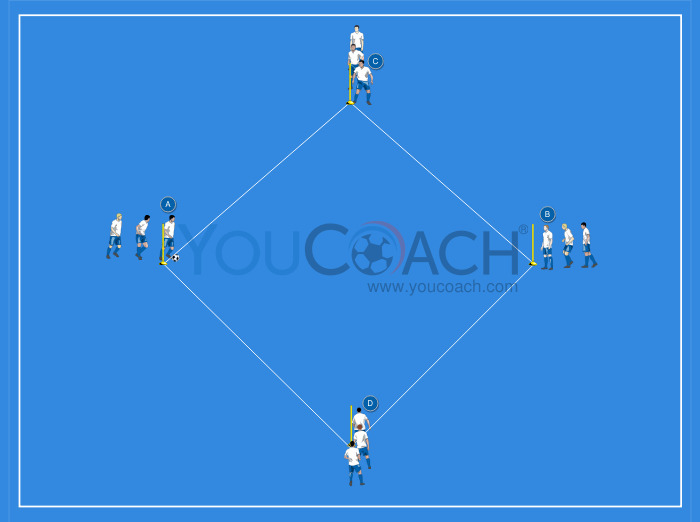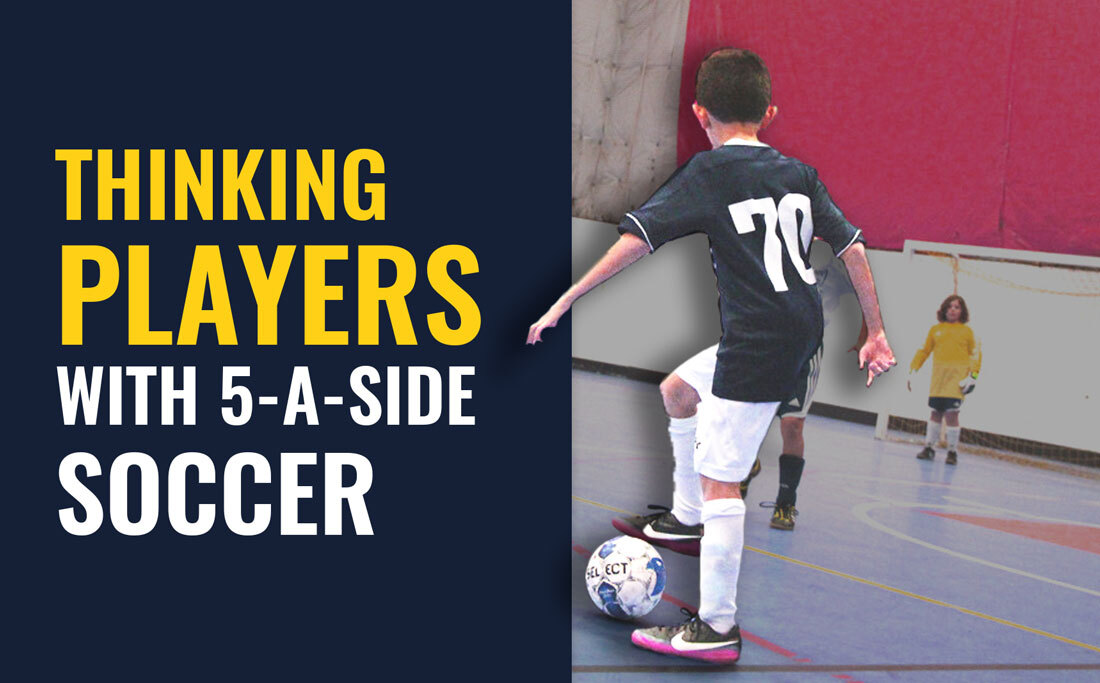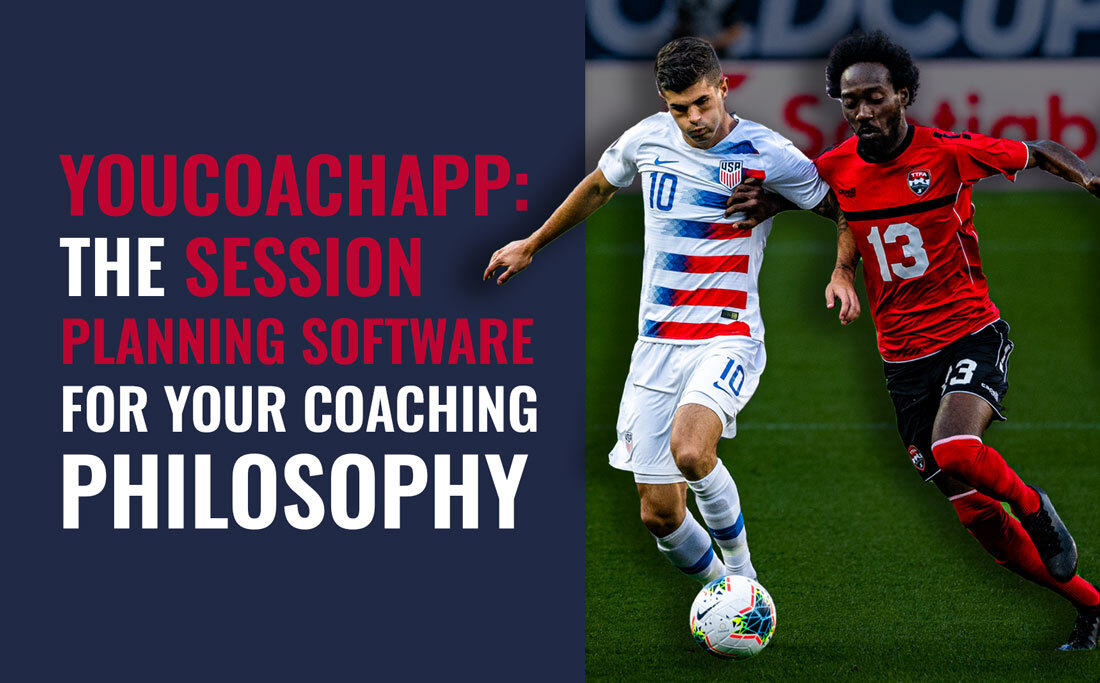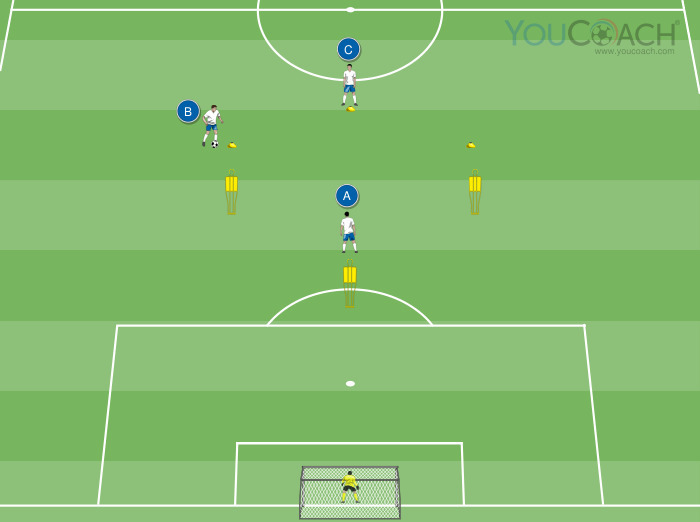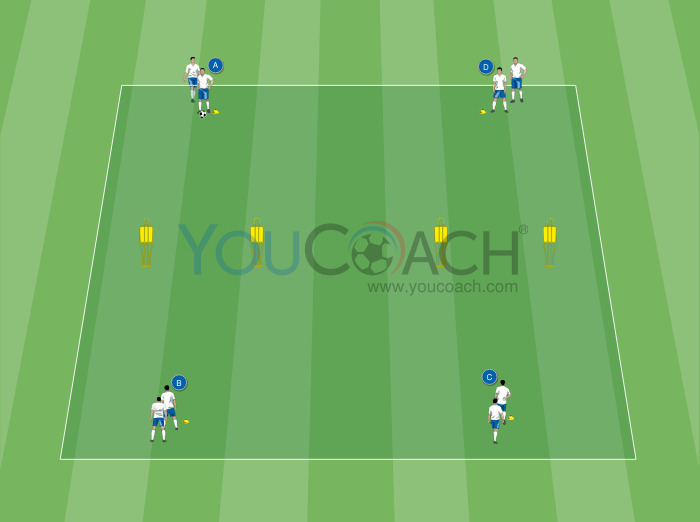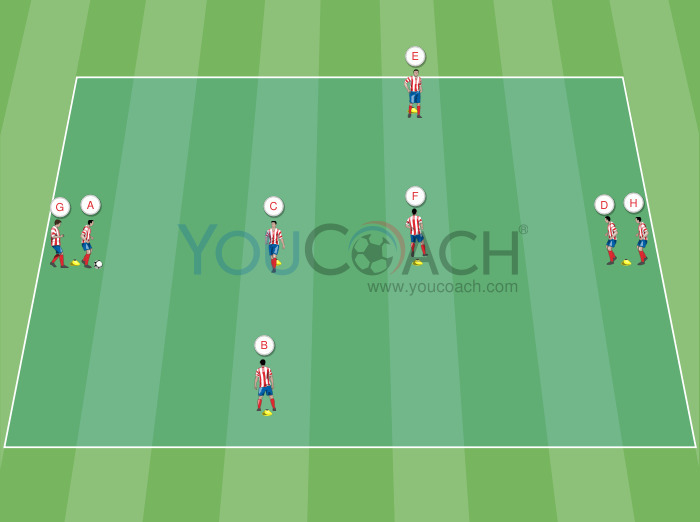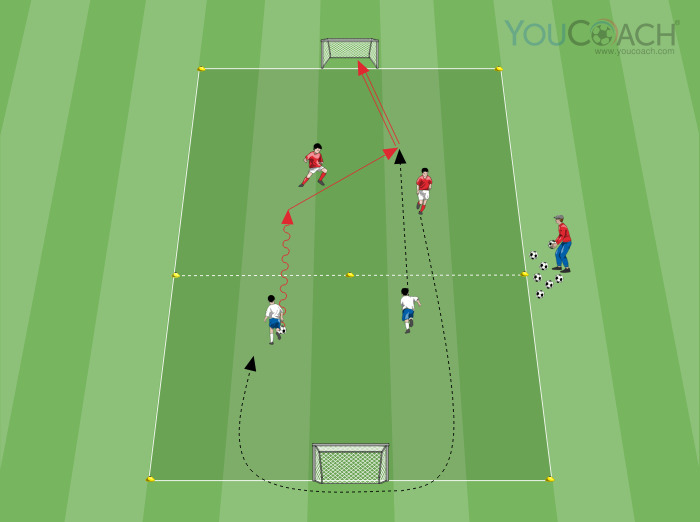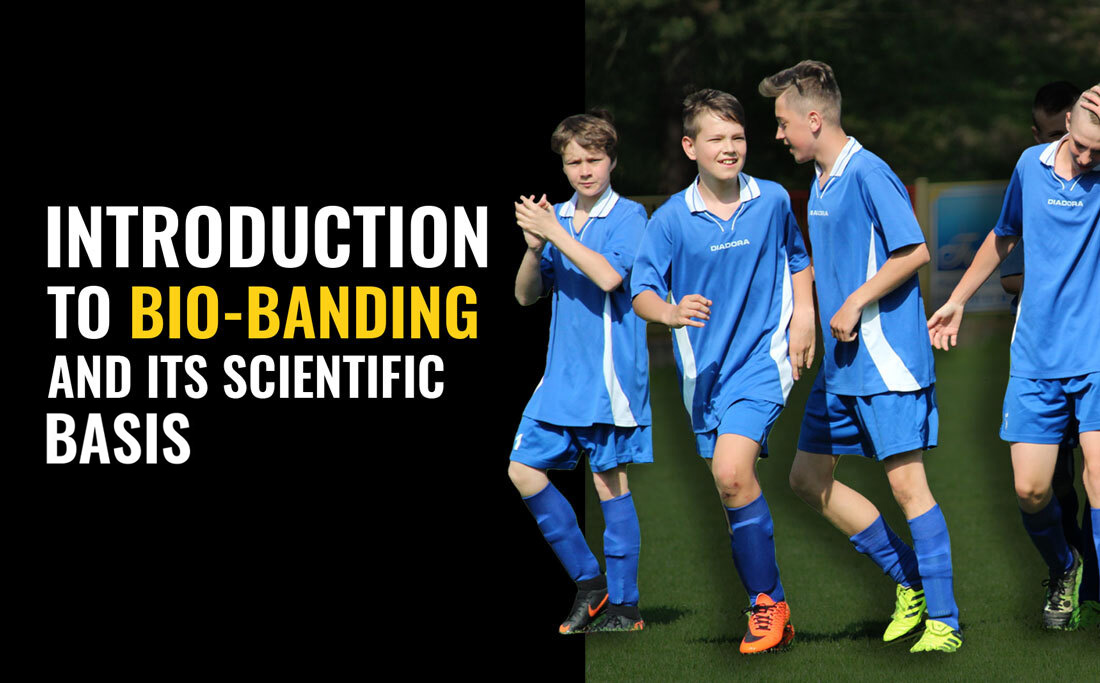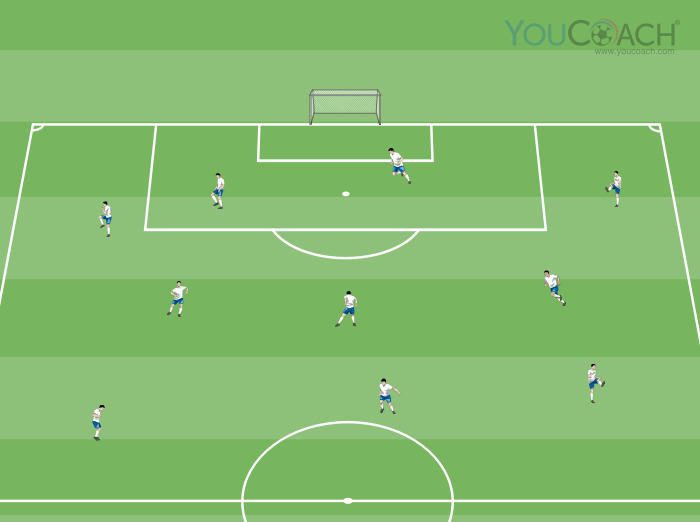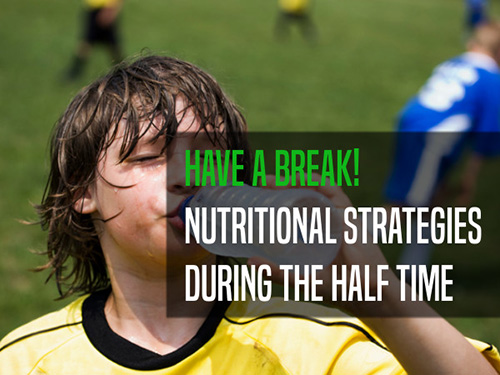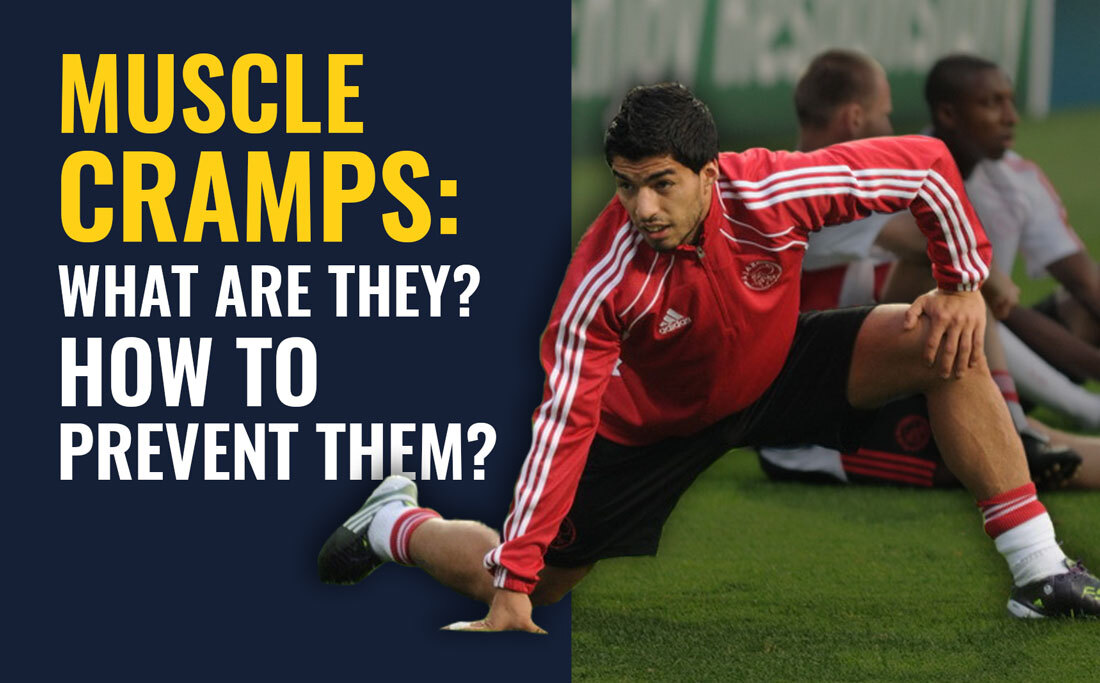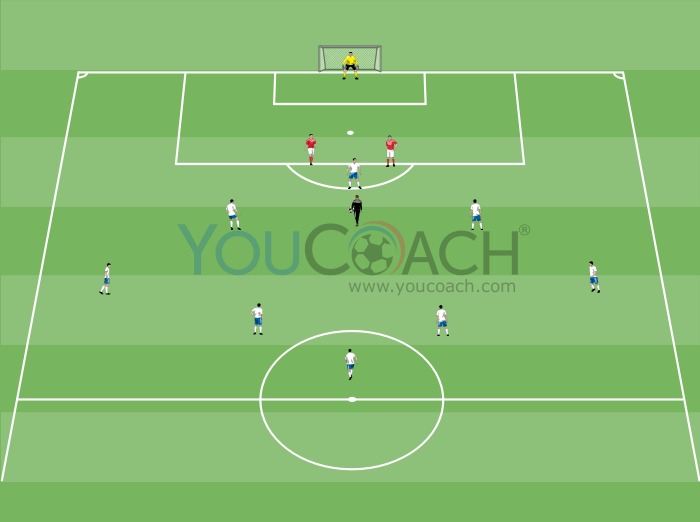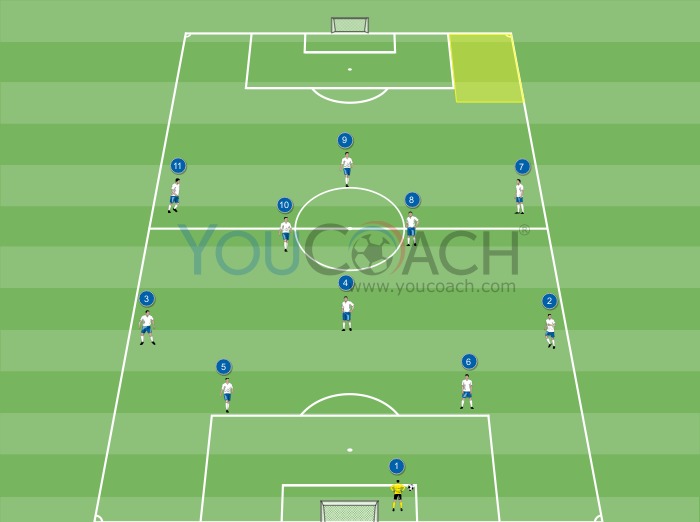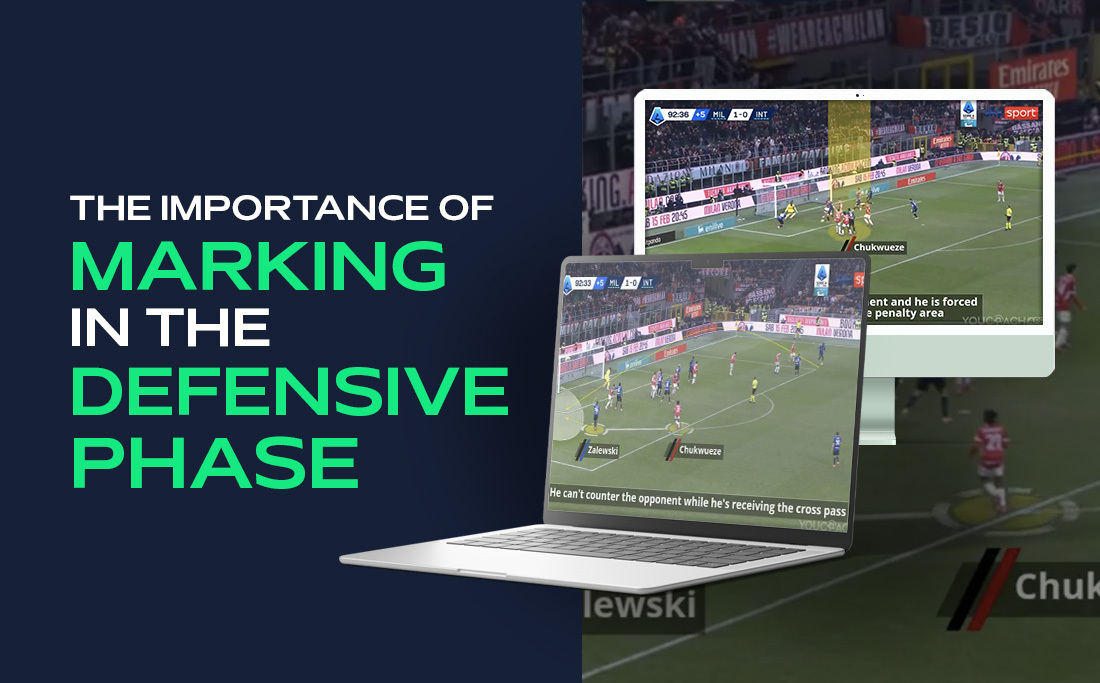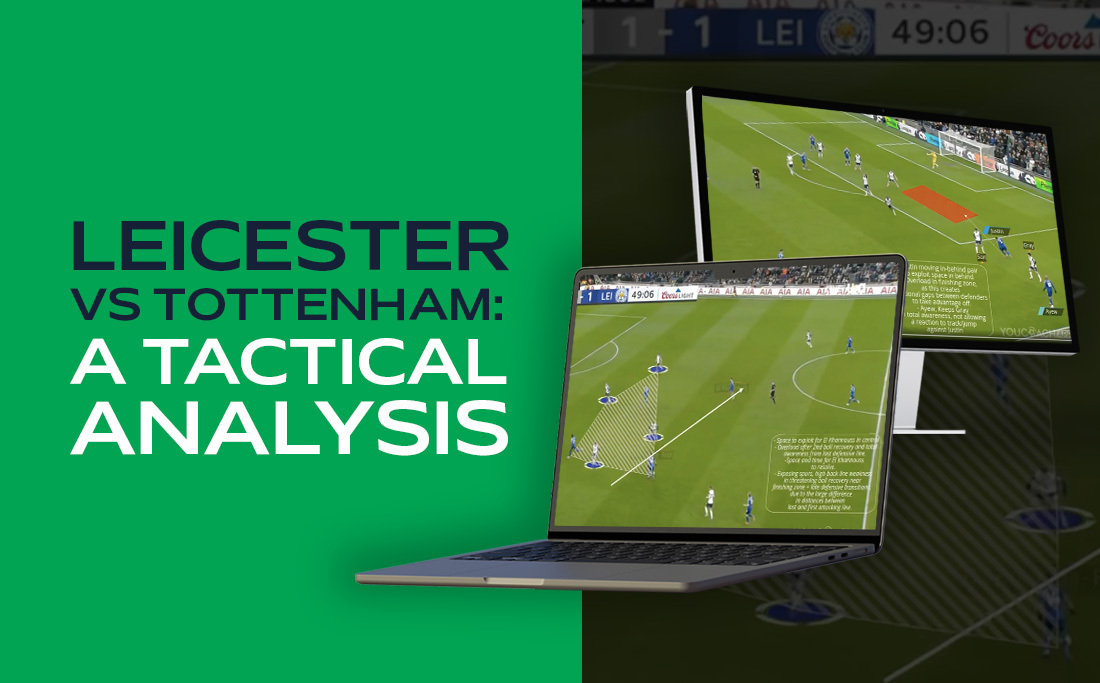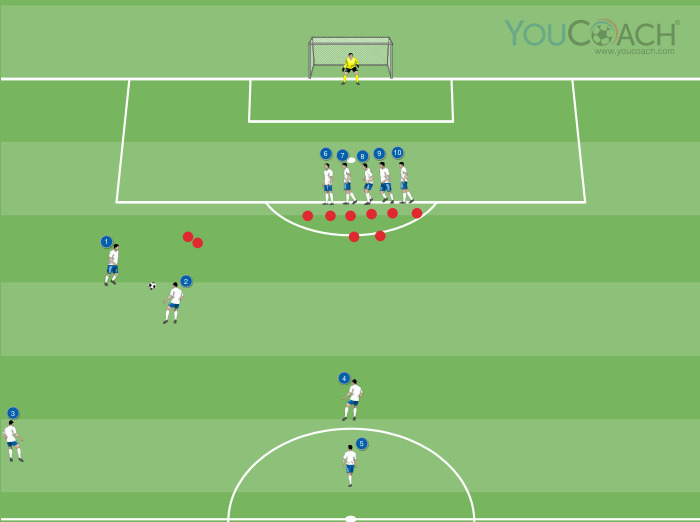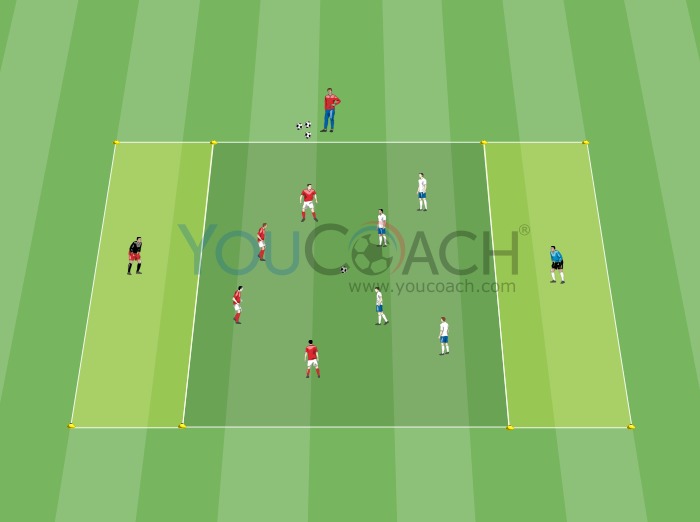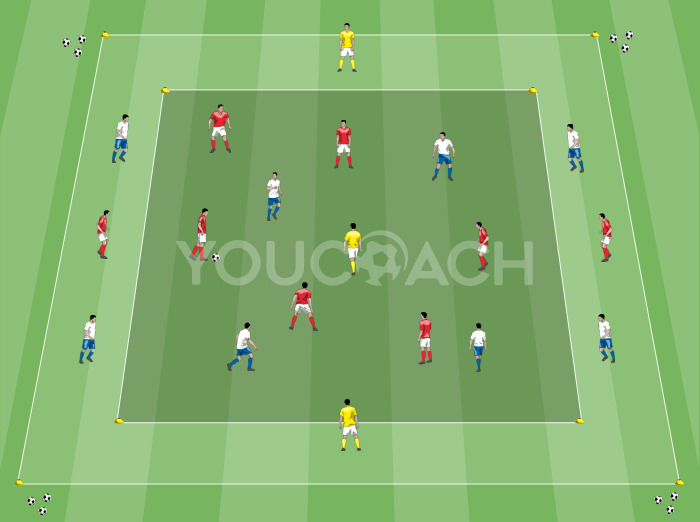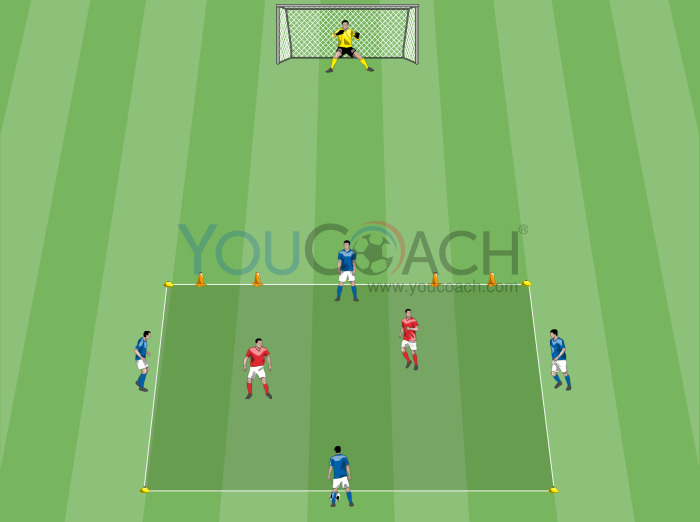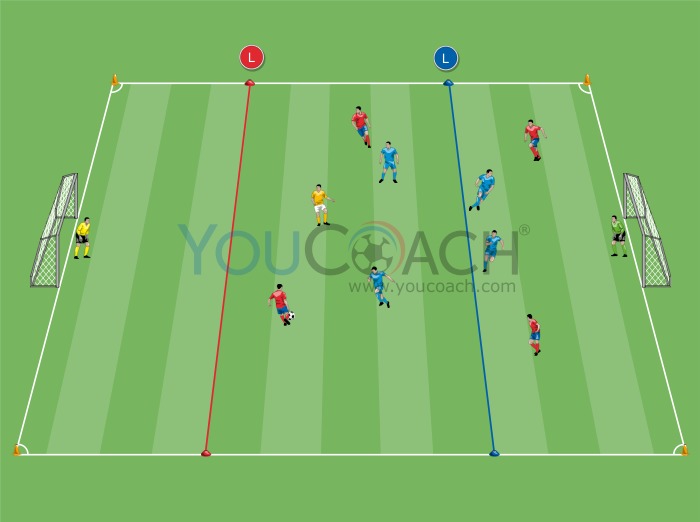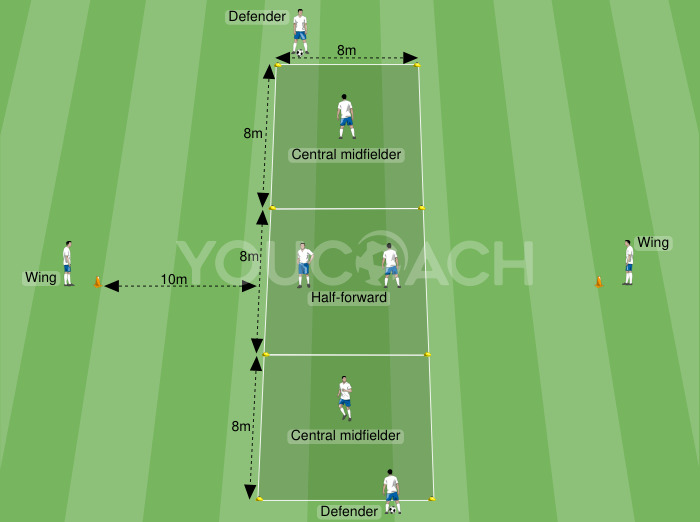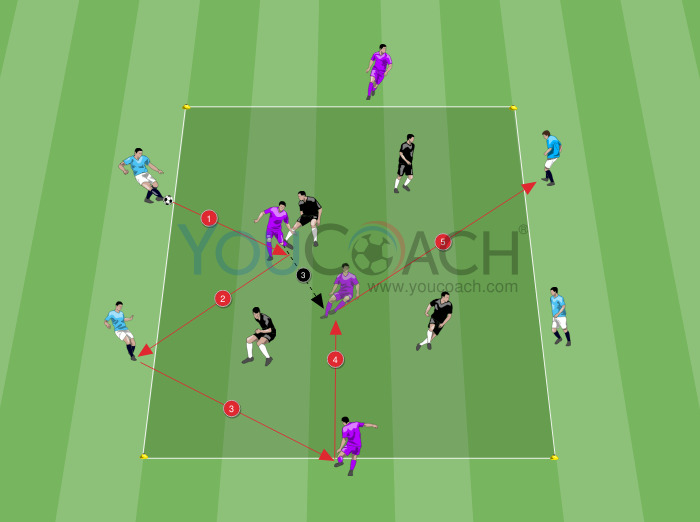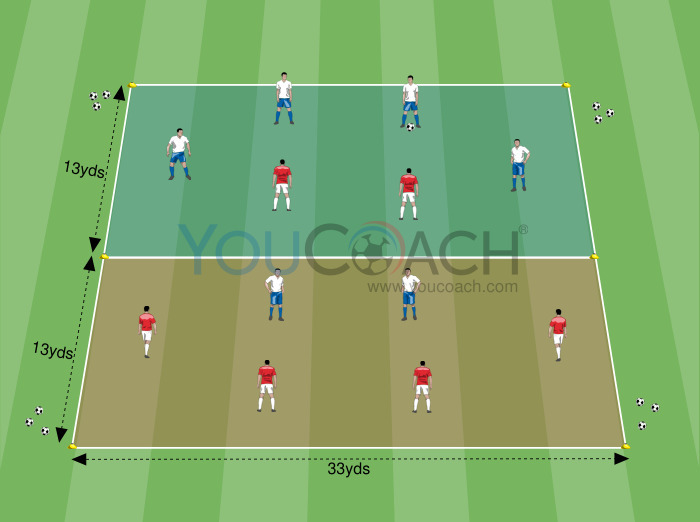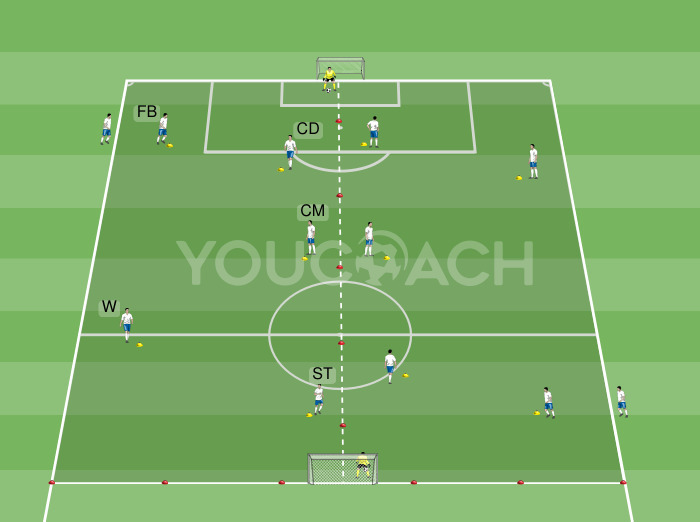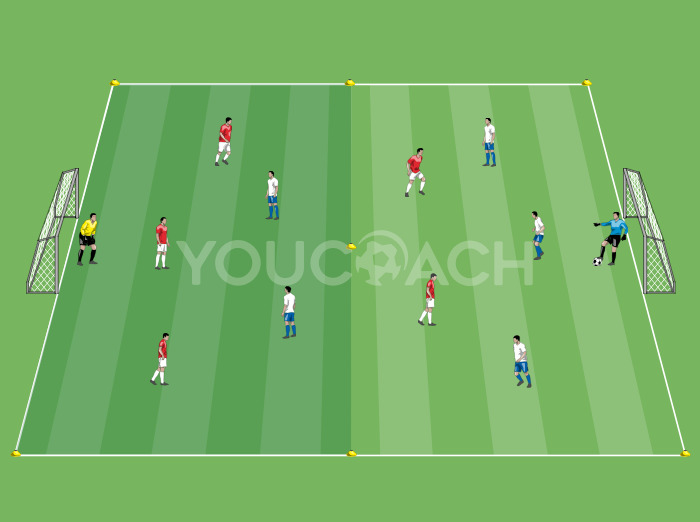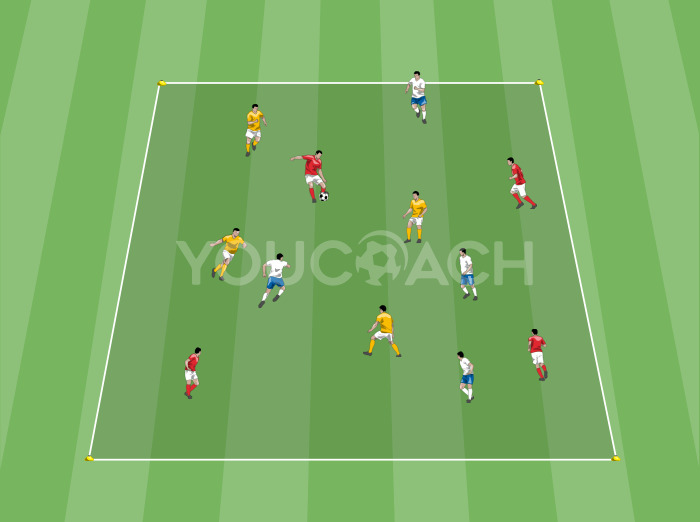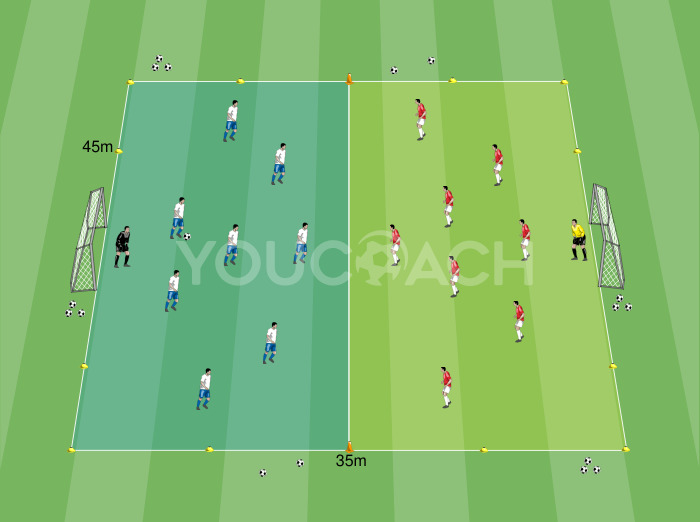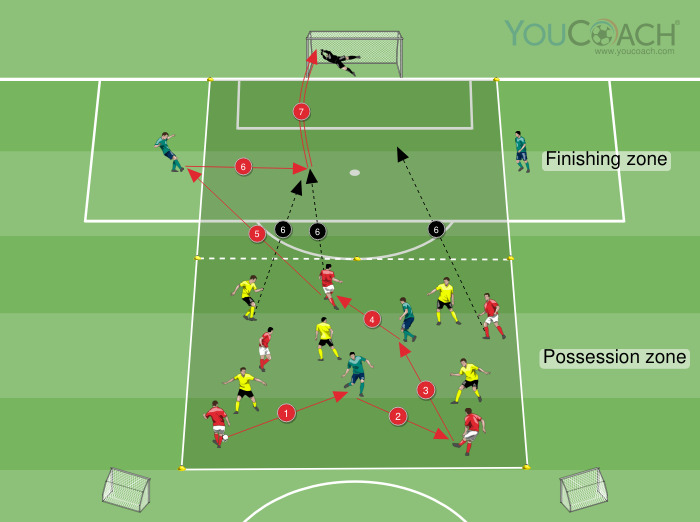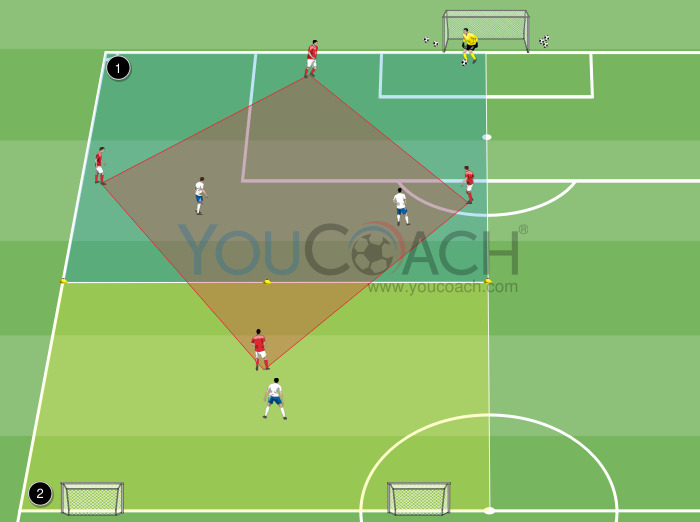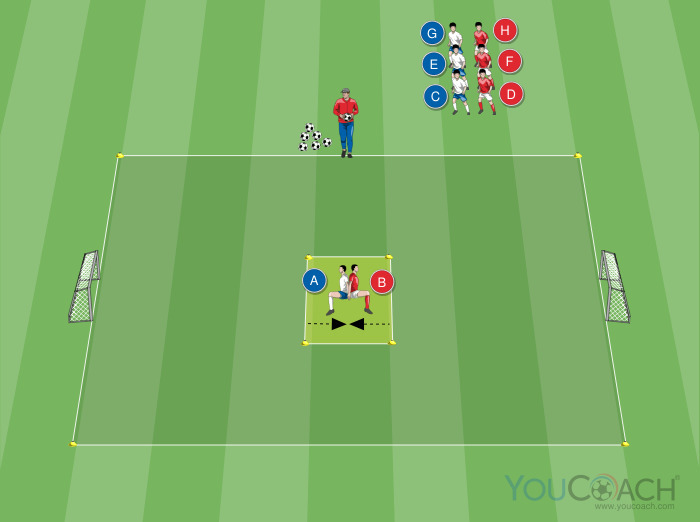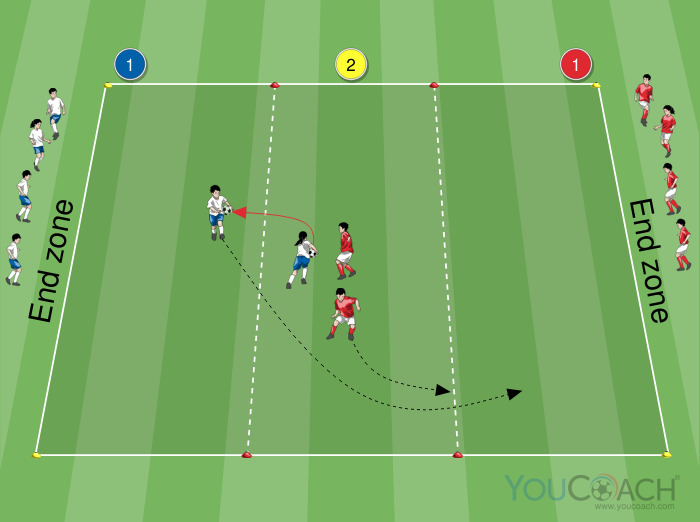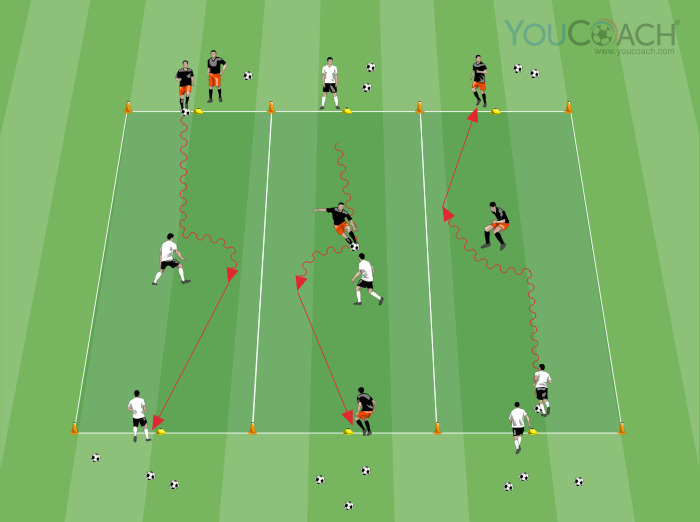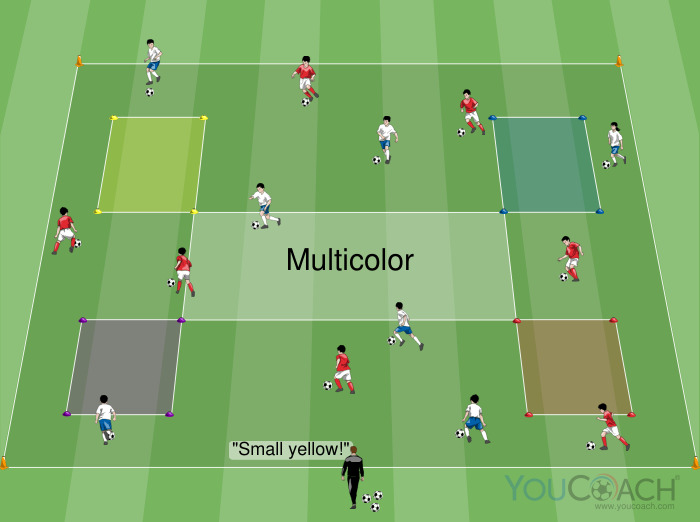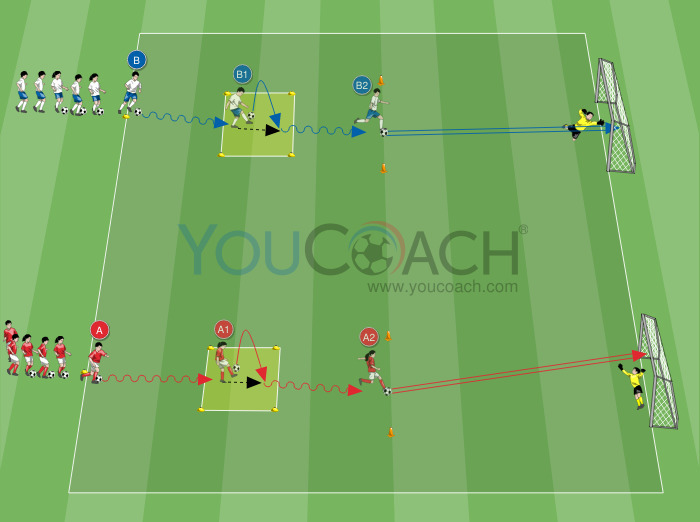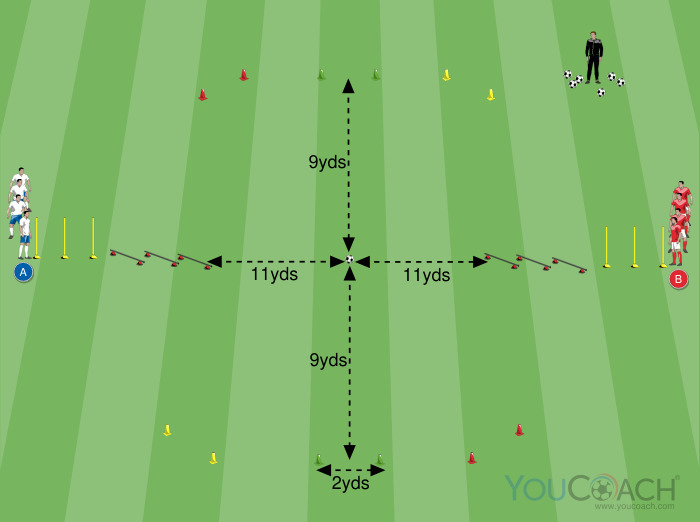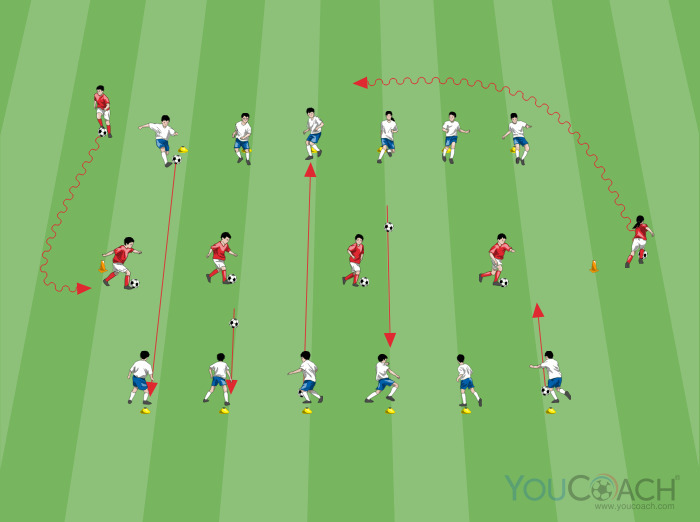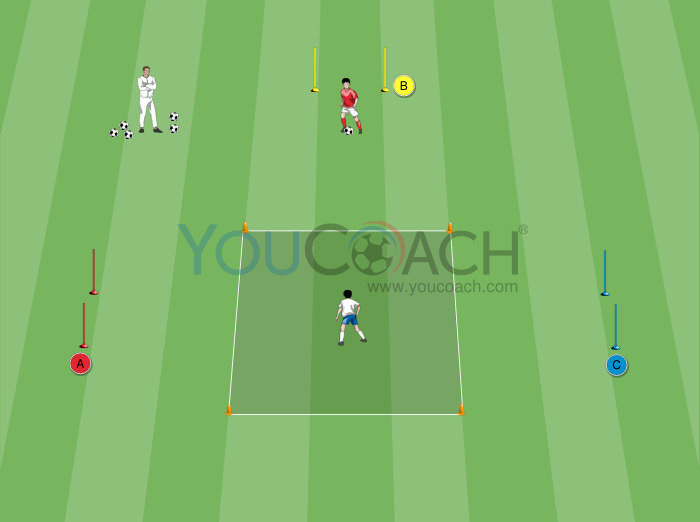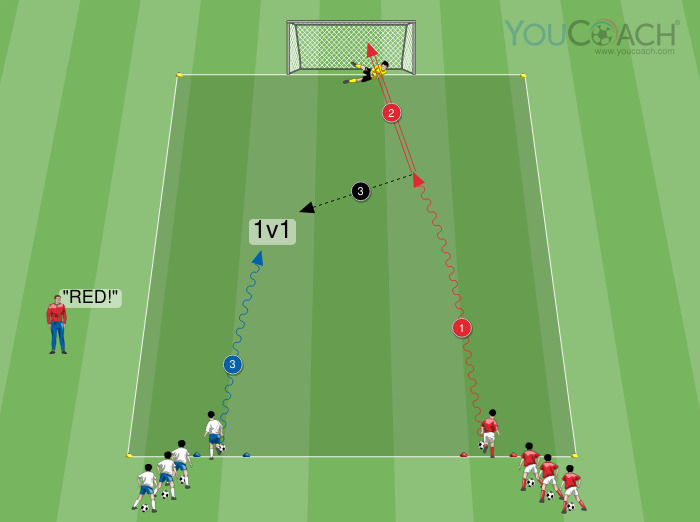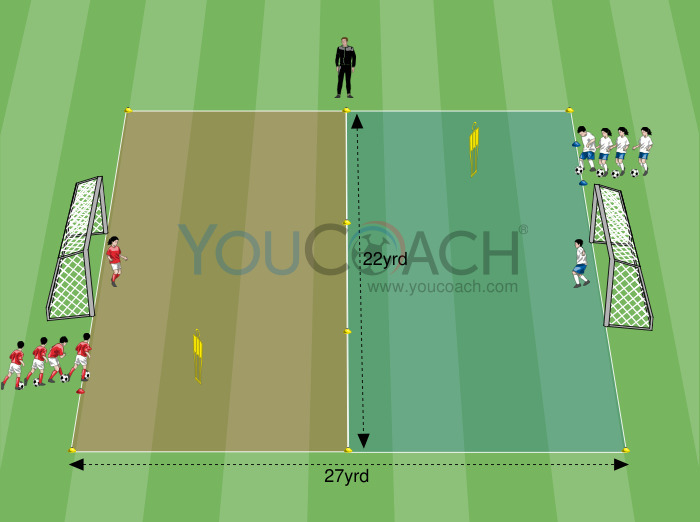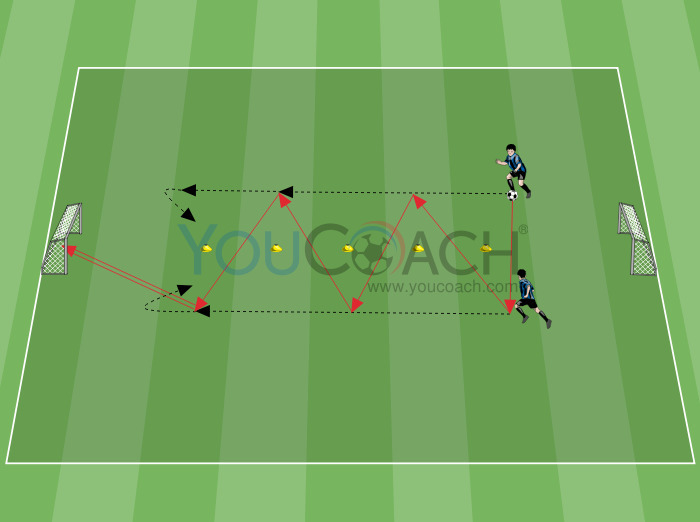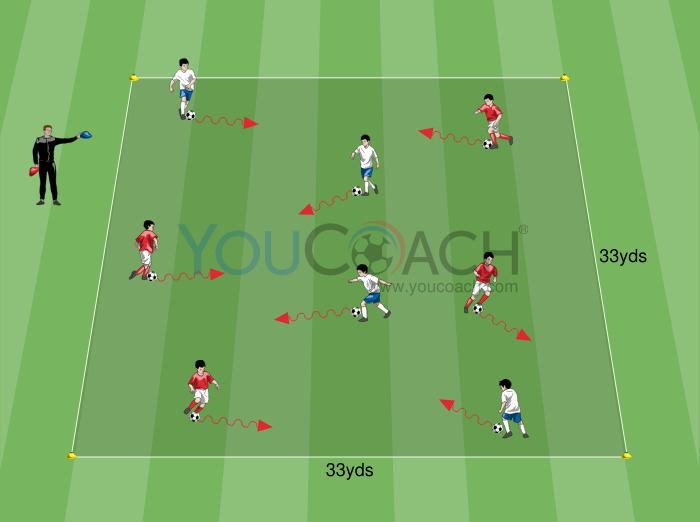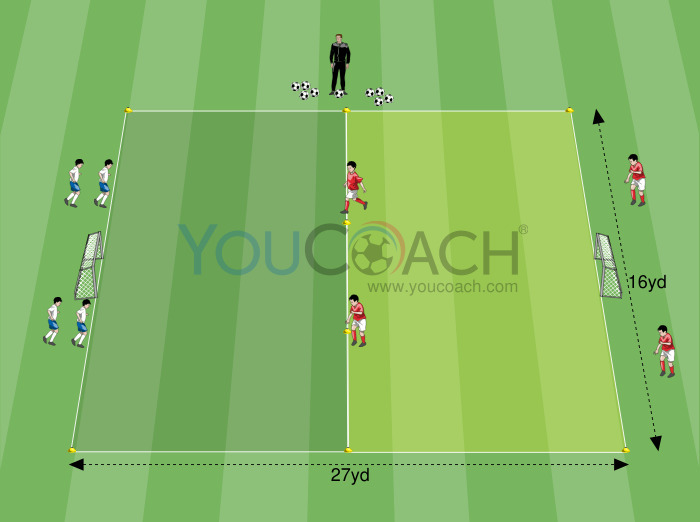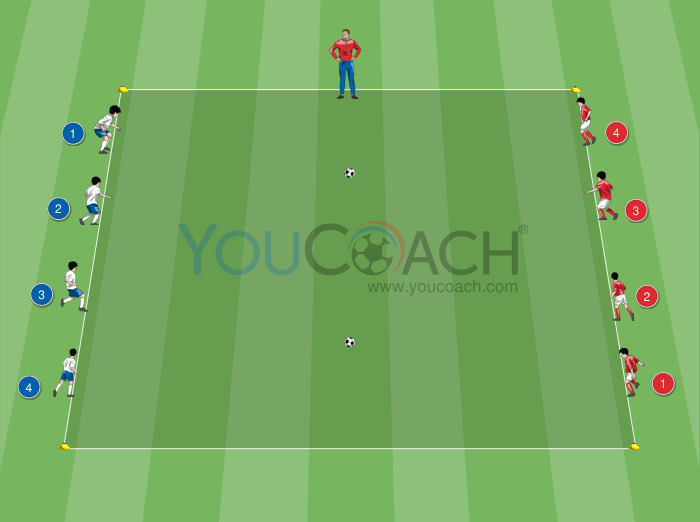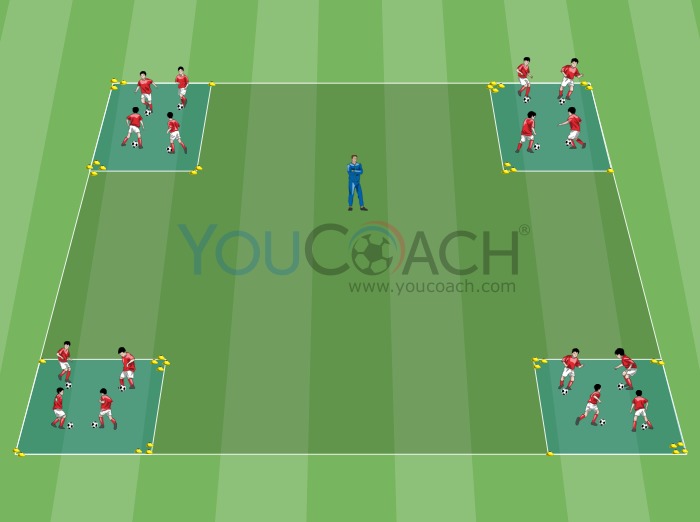Goal setting: The most efficient and lasting motivation

|
Motivation in soccer is the psychological element that everyone is convinced of mastering, but when misused, it could have a negative impact on players. |
Motivation in soccer is the psychological element that everyone is convinced of mastering and that, when misused, can have negative effects on players. Many soccer coaches believe that motivation should be used to increase a game's intensity and they try to change it thinking that it's like a button they can push. Usually coaches try to increase it through encouragements, positive reinforcement, awards and other resources they can control. I often meet coaches that push the situation to the limits because, even when they committ at best, they don't obtain the motivation that players need.
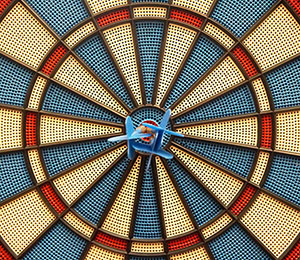 Let's examine a professional technique used in sports psychology. We'll not go into detail but we'll talk about its main goal, so that coaches can try it out: goal setting. A goal is powerful because it focuses our attention, erases doubts during decision making, increases self-confidence while working on it and, being a challenge, it creates an intrinsic motivation to surpass oneself and improve, and that is the healthiest motivation in soccer world.
Let's examine a professional technique used in sports psychology. We'll not go into detail but we'll talk about its main goal, so that coaches can try it out: goal setting. A goal is powerful because it focuses our attention, erases doubts during decision making, increases self-confidence while working on it and, being a challenge, it creates an intrinsic motivation to surpass oneself and improve, and that is the healthiest motivation in soccer world.
By setting a personal goals programme one has a timeline to schedule all season's training sessions and to monitor players progress.
To set goals it is necessary to know what you want to achieve; for example, during preparation trainings before the start of a championship, the coach examines players and imagine their potential, so they have an idea of which position in the standings they could reach at the end of the championship.
The idea is to use the training sessions calendar to set short and long term goals using micro and macrocycles. Having an ultimate goal is useful to create a common path to follow with individual goals.
AN EXAMPLE
It's September and I'm talking to my central forward that has all the characteristics of a successful finisher and point man. I set a mid-term goal for him: for the next four matches I ask him to score a goal in the 60% of his kicks. It's an objective based upon an action, not a result, so we can work on it during practice and that player will try to reach that percentage.
As regards microcycle, one can plan for this player some training sessions focused on the left foot kick from medium distance and, with the help of the staff, one can coordinate individual and group work increasing the difficulty microcycle after microcycle.
This is just an example: each role on the field can have similar objectives. Once the cycle is over, the coach should set the next one, increasing the difficulty if the first goal has been reached easily. In this way, every month, we have players filled with motivation and ambition to improve.
These are some guidelines that can be used to set goals:
- Goals should refer to precise and measurable actions, with no ambiguity between what the coach wants and what the player should aim for;
- Goals shouldn't be too difficult nor too easy, they should represent a realistic challenge based on player's skills;
- Goals should be agreed upon, both the coach and player should perceive the benefit that comes from the goal;
- Goals should be time-sensitive in order to avoid procrastination;
- Each goal should lead to individual and collective improvement.
Sometimes motivation can be reached indirectly and this is one of the best strategies to obtain this result. Coaches should use it because it simplifies season's schedule.
Oscar Bueno Abad - Sports and Performance Psychologist, Coach


